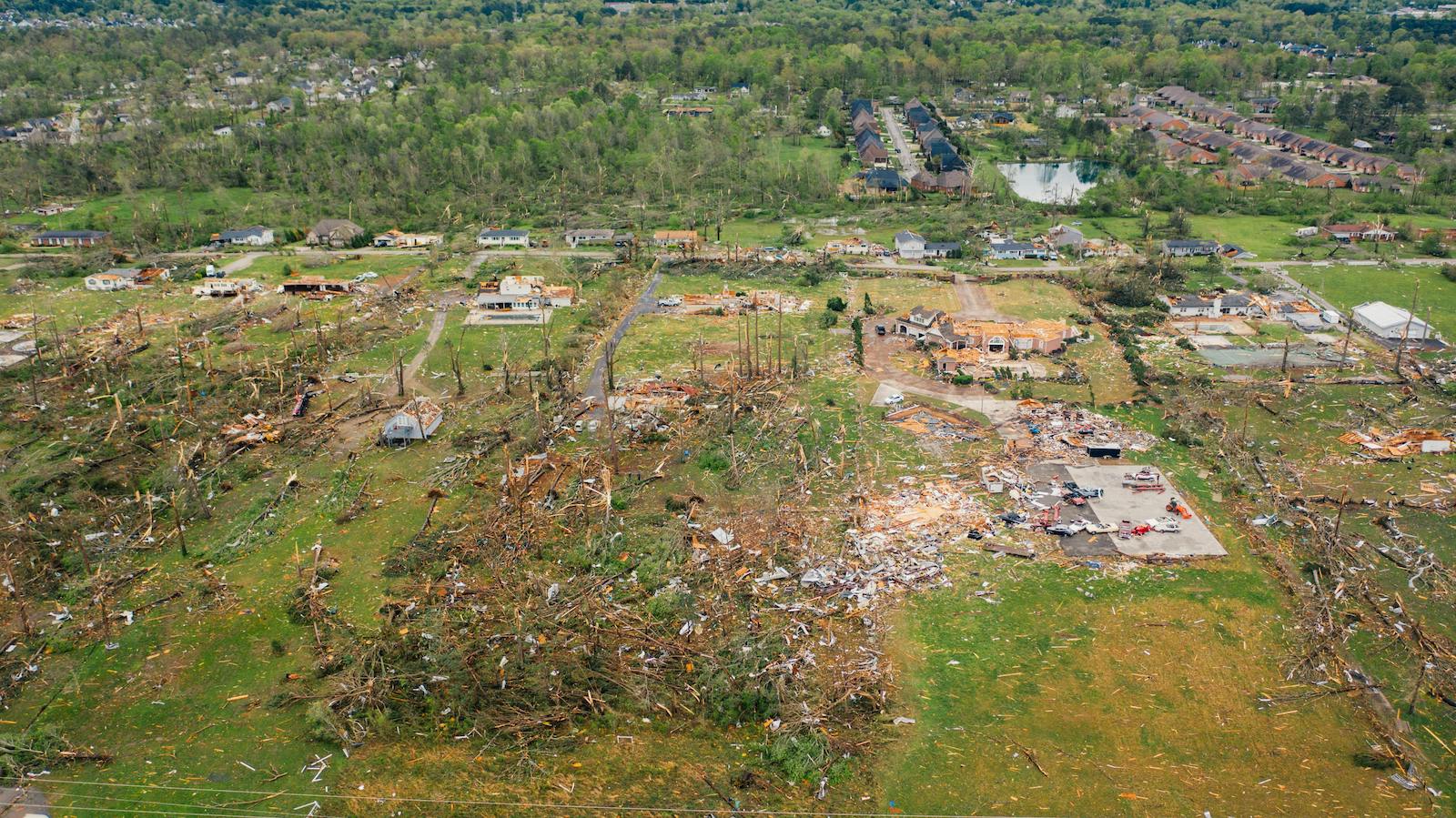Flooding is a hot topic at Climate Week NYC, as the risk of major flood events grows more frequent and destructive in the U.S., with insurance being a prevailing issue and leaders under increasing pressure to shift from reactive disaster response to proactive resilience.
In this article, I explore how U.S. risk professionals, as well as other leaders at Climate Week NYC and beyond, can learn from the U.K. in building both short- and long-term resilience.
High flood risk – low insurance uptake
Flood insurance in the U.S. is primarily offered through the National Flood Insurance Program (NFIP), run by FEMA, with some support from a small but growing private market. Homeowners, renters, and businesses in more than 20,000 participating communities can purchase coverage, whether they live in high- or low-risk flood zones.
For those in federally designated high-risk areas with a government-backed mortgage, flood insurance is often mandatory. However, uptake remains low in many other regions where flooding is still a real threat.
The majority of businesses (56%, according to a survey by Chubb) do not buy flood insurance, as they assume it is included in their commercial property policy. Many households also mistakenly believe their standard homeowners insurance covers flood damage, leaving them financially vulnerable after disasters.
Proven solutions from the U.K.
At Previsico, we have seen how the increase in flood risk has been driven by the complex dynamics of climate change, rapid urbanization, and aging infrastructure, and we are keen to share the solutions that have proved most effective in the U.K.
In the U.K., which has spent decades navigating flood risk in densely populated, flood-prone areas, we now have a proven model for integrated flood resilience with a multi-layered approach that brings together technology, tools, and stakeholders.
By sharing insights, we have been able to reduce damage, protect communities, and lower economic losses. We are also able to unlock faster, fairer recovery, and provide incentives for smarter risk management, with actionable insights.
Building flood risk into decision making
The U.K. now has both national and local policies that require developers to assess flood risk before construction, especially in flood-prone areas. Where development does proceed, it must meet strict resilience criteria, such as raised floor levels, permeable surfaces, and built-in flood defenses.
U.S. cities can benefit from this approach by embedding flood risk awareness into zoning laws, building codes, and design standards. While some U.S. cities are already doing this, the U.S. lacks a coordinated federal strategy, unlike the U.K., resulting in a more fragmented approach.
Avoiding development in high-risk areas is critical, but so is preparing new infrastructure for a wetter future. This includes climate-forward planning that accounts for future flood risk, not just historical patterns.
Enhanced building codes, requiring features like elevated electrical systems, water-resistant materials, and flood barriers, can dramatically reduce damage. Meanwhile, integrating green infrastructure, such as swales, rain gardens, and green roofs, helps to manage stormwater and ease pressure on city drainage networks.
Technology is changing the game
Early warning systems have emerged as one of the most important innovations in managing flood risk across the U.K. Forecasting is critical, particularly for storm water flooding, which is both the most common and the most difficult to predict. These systems can offer warnings up to 48 hours in advance, allowing time for vital preparations and risk mitigation.
Accurate flood forecasting relies on highly detailed, real-time data. The most effective solutions integrate high-resolution weather forecasts, detailed topographic mapping, and advanced hydrodynamic modeling to simulate flood scenarios and predict potential impacts.
This level of precision enables targeted alerts to be sent to residents, businesses, first responders, and city officials, giving communities time to move vehicles, safeguard property, or evacuate. Lack of warning was a major issue in the recent Texas floods, which, according to AccuWeather, led to an estimated $18-22 billion of losses, capturing both direct and indirect losses, very little of which was insured.
Speed and accuracy are critical
For insurers, access to precise, real-time flood forecasting enables the delivery of alerts to policyholders, helping reduce damage and, in some cases, prevent claims altogether.
This level of accuracy is especially powerful when paired with parametric insurance. This is where location-specific data triggers automated payouts with no lengthy loss assessments. Funds provide immediate support when it matters most, such as for relocating equipment, installing flood barriers, or coordinating community evacuations.
In contrast, many people in the U.S. still rely on systems that provide alerts only after water levels rise or drainage systems are overwhelmed. By adopting predictive, hyper-local forecasting technologies, like those used in the U.K., and integrating them with parametric insurance models, U.S. cities can move from crisis response to proactive risk management.
Collaboration makes it possible
Flood resilience in the U.K. is underpinned by cross-sector collaboration, where national agencies, local governments, insurers, water companies, researchers, and community groups all play a role in managing flood risk. This holistic model results in smarter, more coordinated flood planning and response.
The U.S. can replicate this by forging partnerships with tech firms, insurers, and grassroots organizations. For example, urban planners can collaborate with climate scientists to model future risks, while insurers can provide incentives or solutions for flood-resilience and preparedness.
In the U.K., insurers are increasingly embedded in the resilience conversation, supporting initiatives like risk-reduction incentives. For U.S. insurance markets, this kind of collaboration presents a path to shared accountability, stronger risk models, and lower payouts.
A way to fast-track U.S. flood resilience
Flood resilience isn't just about building higher walls, it's about predicting risk, planning smarter, and acting earlier. U.S. cities, many of which are facing new or worsening flood threats--including New York, which has suffered greatly in recent years--can benefit hugely from this model of integrated, technology-driven resilience.
By investing in real-time flood forecasting, embedding flood risk in planning and construction, and promoting multi-stakeholder collaboration, the U.S. can not only better protect communities but also foster greater trust among governments, insurers, and the public.








